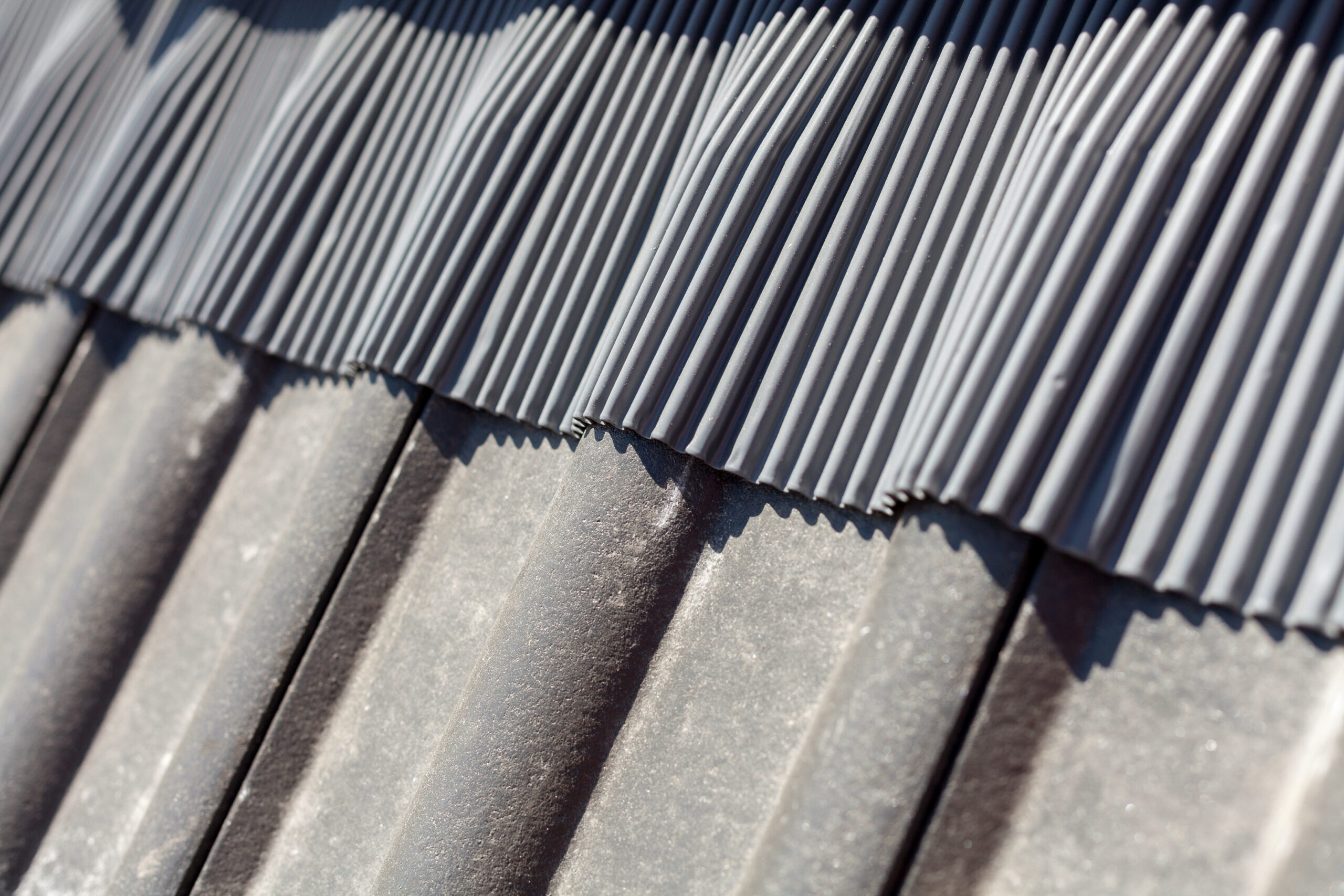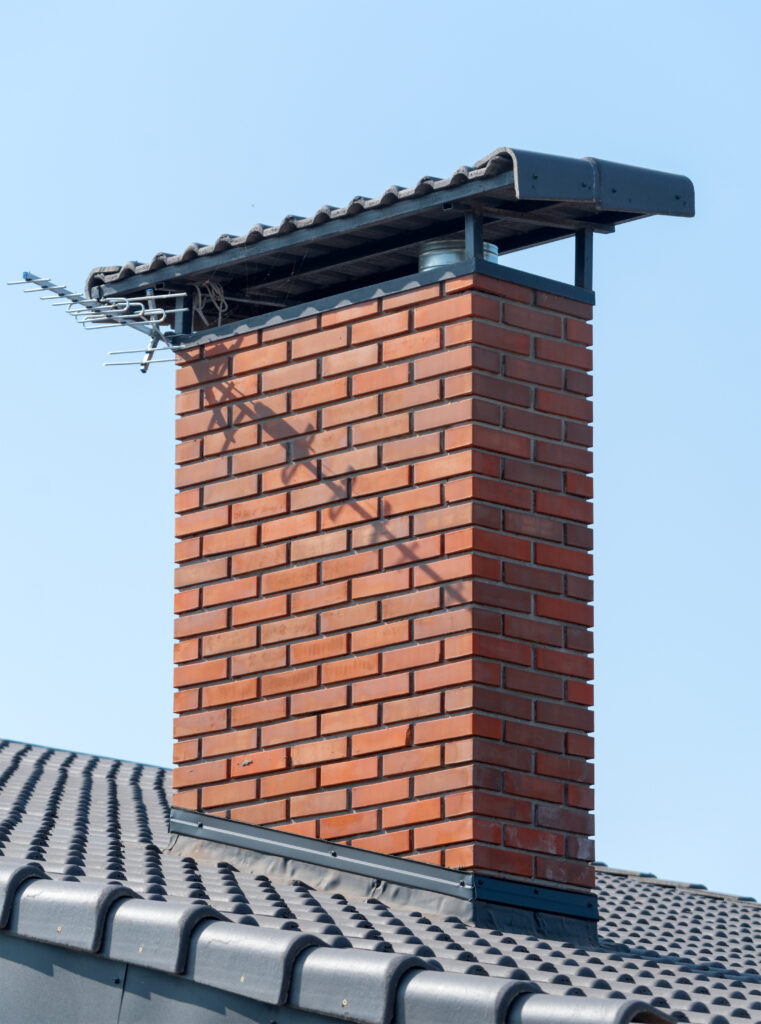What are the Pros and Cons of Fiber Cement Siding?
What is Cut Fiber Cement Siding and What are its Benefits? Fiber cement siding is a building material that has … Read More →

Many people don’t pay much attention to their roofs unless there is something wrong with them. It is understandable that you might not know all the roofing terminology you can expect to hear if you ever need to replace or repair yours.
With any roof, the main aim is always to have one that is completely waterproof. This keeps the property beneath safe from water damage caused by rain, snow, and other inclement weather.
Roof flashing is one of the roof materials used to prevent water from leaking into the attic or structure beneath.
Where your roof meets a vertical structure, such as a chimney, there are natural weaknesses that occur. These include things like joins and penetrable sections known as areas of discontinuity. Penetrable sections are holes or openings in the surface of a roof that allows for structural elements, like vents, skylights, flues, and chimneys.
Gutters, walls that adjoin roofs, and door and window frames are areas where you would find joins. If these are not properly sealed, they become entry points for moisture. It can be challenging to ensure a completely waterproof join. This is true between two metal products, as well as two products made from different materials such as a piece of metal and lumber.
And because the intersections tend to contract and expand with changing humidity and weather conditions, it can be difficult to properly seal those areas. This is why roof systems rely on flashing. Flashing refers to both a device and a method of preventing water from entering a structure via the roof. It does this by allowing for movement while still keeping everything tightly sealed.
Different types of flashing get their names from how they’re shaped and how they’re used. There are also certain types of flashing that are designed with a specific type of architecture and roof style in mind.
There are many more types of flashing that all serve different purposes. However, the ones listed above are the ones that you’re most likely to encounter.

The materials used to make flashing can vary widely and suit just about any budget, architectural design, and material compatibility you may be concerned about. When choosing your flashing, it is always good to opt for flashing material that integrates well with the design elements of your property.
Most flashing today is made using metal or rubber. The materials used for metal flashing include aluminum, zinc alloy, stainless steel, lead, and copper. You are also likely to find coated metals such as galvanized steel, anodized aluminum or lead-coated copper.
More flexible types of flashing tend to be made from rubber, acrylic, rubberized asphalt, and butyl rubber. You can buy your flashing as “roll roofing,” or if you have roof projections to work around, a membrane would be a better option.
Flashing is installed on your roof in order to prevent water infiltration. It is placed around projections, valleys, dormers, vent pipes, skylights, and chimneys. When installed correctly, flashing will direct water away from these vulnerable areas and help to extend the life of your roof.
As the most trusted roofing contractors in NE Georgia, we use only the highest quality flashing materials. Our experienced professionals are experts in the installation and repair of flashing around all types of roof projections as well as siding and gutters. In addition to standard flashing, we also install drip edges and flashing for metal roofs.
If you’re concerned about water infiltration on your roof, contact JET Contracting today for a free estimate. We’ll inspect your roof and flashing, and make recommendations for any necessary repairs or replacements.
What is Cut Fiber Cement Siding and What are its Benefits? Fiber cement siding is a building material that has … Read More →
Extend the Life of Your Roof System Commercial roofs are often exposed to harsh weather conditions and need regular maintenance … Read More →
It’s Important to Clean Your Gutters Regularly Gutters play an important role in protecting your home from water damage. They … Read More →